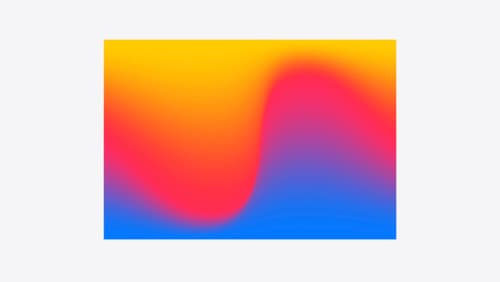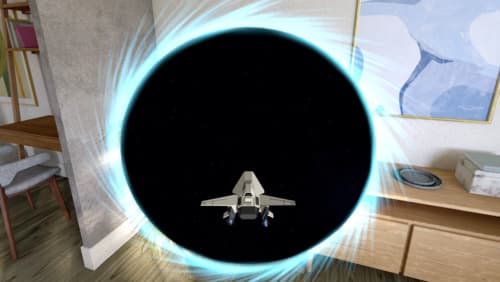how do I create visual effects using shaders?
Asked on 2024-08-01
1 search
To create visual effects using shaders, you can follow the guidance provided in the session "Create custom visual effects with SwiftUI" from WWDC 2024. Here are the key steps and concepts:
-
Introduction to Shaders:
- Shaders are small programs that calculate rendering effects directly on your device's GPU.
- They are used for custom fills, color effects, distortion effects, and layer effects in SwiftUI.
-
Instantiating a Shader:
- You instantiate a shader in SwiftUI by calling a function with its name on the shader library.
- You can pass additional parameters to your shader function, such as colors, numbers, or images.
- When applied to a view using the
layerEffectview modifier, SwiftUI will call your shader function for every pixel of your view.
-
Writing Shaders in Metal:
- Shaders are written in the Metal shading language.
- The shader function in Metal matches the invocation on the shader library in SwiftUI.
- Example: To create a ripple effect, you would add a shader function in your Metal file and call it from SwiftUI.
-
Debugging and Iteration:
- Building great experiences with shaders often requires trial and error.
- Using a debug UI can help you interactively adjust parameters and visualize intermediate values to fine-tune your effects.
For a detailed walkthrough, you can refer to the session Create custom visual effects with SwiftUI (19:40).
Relevant Sessions
- Create custom visual effects with SwiftUI
- Discover RealityKit APIs for iOS, macOS and visionOS
- Build a spatial drawing app with RealityKit
These sessions cover various aspects of creating visual effects using shaders, including practical examples and advanced techniques.

Build a spatial drawing app with RealityKit
Harness the power of RealityKit through the process of building a spatial drawing app. As you create an eye-catching spatial experience that integrates RealityKit with ARKit and SwiftUI, you’ll explore how resources work in RealityKit and how to use features like low-level mesh and texture APIs to achieve fast updates of the users’ brush strokes.

Create custom visual effects with SwiftUI
Discover how to create stunning visual effects in SwiftUI. Learn to build unique scroll effects, rich color treatments, and custom transitions. We’ll also explore advanced graphic effects using Metal shaders and custom text rendering.

Discover RealityKit APIs for iOS, macOS and visionOS
Learn how new cross-platform APIs in RealityKit can help you build immersive apps for iOS, macOS, and visionOS. Check out the new hover effects, lights and shadows, and portal crossing features, and view them in action through real examples.
